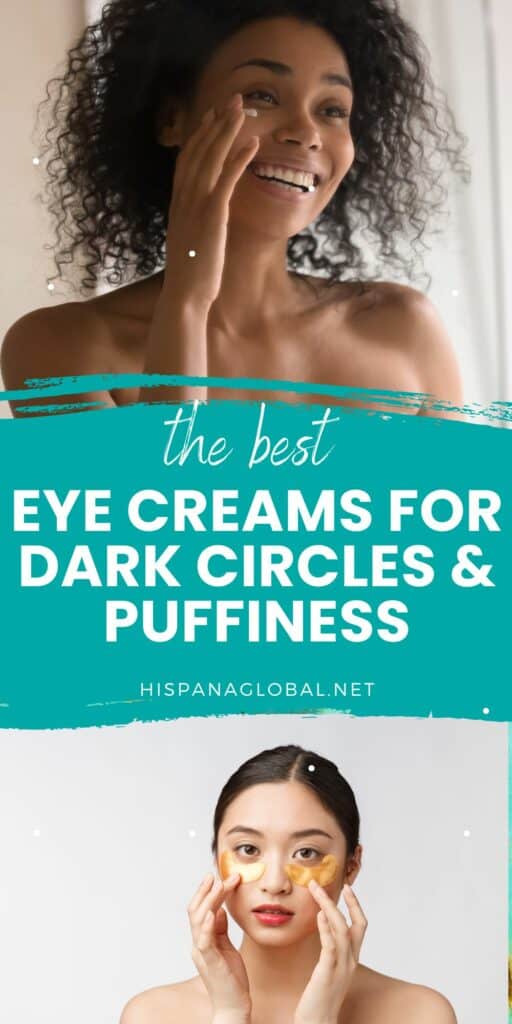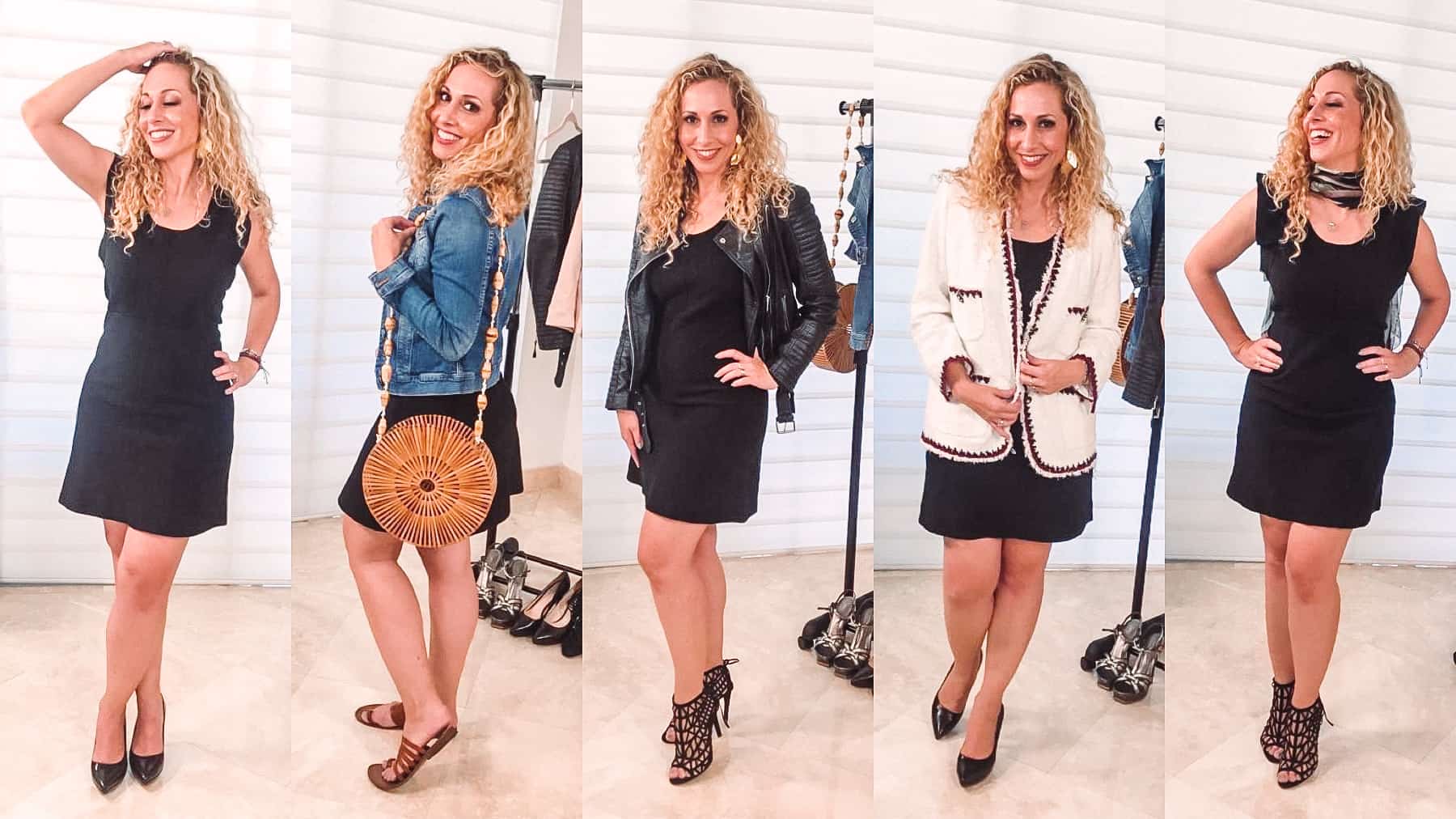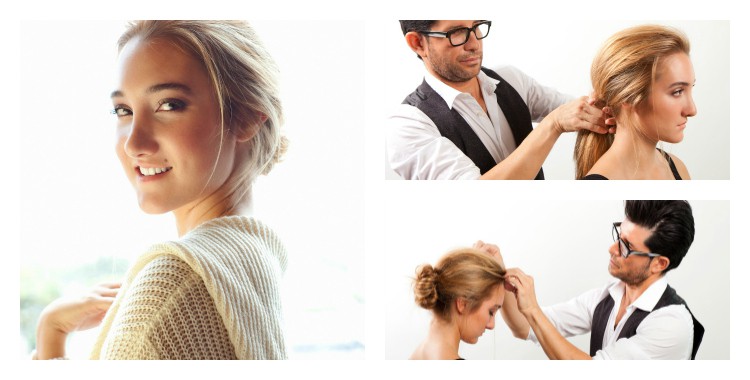Best Eye Creams for Dark Circles and Puffiness
Are you tired of waking up to puffy eyes and persistent dark circles? Look no further! Find the best eye creams on the market specifically formulated to address under-eye puffiness and the look of dark circles. Additionally, we’ll delve into the powerful ingredients that effectively combat these concerns and provide some essential tips for applying a good eye cream for maximum benefits.
Discover the best eye creams to combat puffiness and dark circles in the delicate eye area. Learn about powerful ingredients like caffeine, vitamin C, retinol, and peptides. Get expert tips on applying eye cream for maximum effectiveness. Say goodbye to tired eyes and hello to a refreshed look!

After all, one of the biggest skin concerns among my friends and Instagram community is how to minimize the appearance of dark under-eye circles, the look of fine lines in mature skin and depuffing the eye area, so we can look more rested, youthful and less tired. With just a quick addition to your skincare regimen, you will notice a difference in just a month.
Prevention also helps. Using SPF early on will help prevent signs of premature aging, especially if you protect your thinnest skin from sun damage.
Pro tip: Switch it Up!
As years go by, our skincare needs change. It’s expected and normal to switch under-eye creams and formulations over time because our hormones, lifestyle and concerns evolve. Choosing a different eye cream to address new concerns every few years is more than okay. Plus, active ingredients and formulations might change, too.
What causes under eye dark circles?
Contrary to popular belief, not getting enough sleep is not the main cause of those pesky bags and dark circles. They can be caused by various factors, and understanding the underlying causes can help in effectively addressing this concern. Here are some common causes of dark circles:
- Genetics: Hereditary factors play a significant role in the development of dark circles. If dark circles run in your family, like mine, you may be more prone to experiencing them.
- Thin skin and under-eye hollows: The skin around the eyes is thinner and more delicate than the rest of the face. As a result, blood vessels and underlying structures, such as fat pads and hollows, can become more visible, leading to the appearance of dark circles.
- Pigmentation and hyperpigmentation: Excessive melanin production can cause darkening of the skin. Hyperpigmentation, triggered by factors like sun exposure, hormonal changes, or post-inflammatory reactions, can contribute to the development of dark circles.
- Poor blood circulation: Insufficient blood flow or sluggish circulation in the under-eye area can result in the accumulation of deoxygenated blood, leading to a bluish or purplish appearance of the skin.
- Lifestyle factors: Certain lifestyle habits can exacerbate the appearance of dark circles. Lack of sleep, chronic fatigue, excessive alcohol consumption, smoking, and an unhealthy diet can all contribute to the prominence of dark circles.
- Allergies and nasal congestion: Allergic reactions, sinus issues, or nasal congestion can cause blood vessels to dilate and become more visible, resulting in dark circles.
- Aging: As we age, the skin’s natural collagen and elastin levels decrease, causing thinning and loss of firmness. This can make blood vessels more apparent and contribute to the development of dark circles.
Understanding the specific causes of your dark circles can help you select appropriate treatments and make necessary lifestyle adjustments to minimize their appearance. It’s important to consult with a dermatologist or healthcare professional for an accurate diagnosis and personalized recommendations.
What causes under-eye puffiness?
Under-eye puffiness, also known as bags under the eyes, can be caused by several factors. Here are some common causes of under-eye puffiness:
- Fluid retention: The delicate skin around the eyes can retain excess fluid due to various reasons, including high salt intake, dehydration, hormonal changes, allergies, or even changes in weather. Fluid retention can cause the area under the eyes to swell and appear puffy.
- Fatigue and lack of sleep: Insufficient sleep or poor sleep quality can lead to fluid buildup and inflammation, resulting in under-eye puffiness. Lack of rest can also cause blood vessels to dilate, making the puffiness more prominent.
- Aging and loss of skin elasticity: As we age, the skin naturally loses elasticity and becomes thinner. The fat pads that support the under-eye area may start to sag, leading to the appearance of bags or puffiness.
- Allergies and sinus issues: Allergic reactions, such as hay fever or seasonal allergies, can cause inflammation and fluid retention around the eyes, resulting in puffiness. Sinus congestion and blocked nasal passages can also contribute to under-eye swelling.
- Lifestyle factors: Unhealthy lifestyle habits, such as excessive alcohol consumption, smoking, and a diet high in salt and processed foods, can contribute to fluid retention and under-eye puffiness.
- Genetics: Some individuals may have a genetic predisposition to under-eye puffiness. If your family members have a history of under-eye bags, you may be more prone to developing them as well.
- Rubbing or scratching the eyes: Persistent rubbing or scratching of the delicate skin around the eyes can lead to irritation and inflammation, causing temporary puffiness. Those who suffer from dry eye conditions, allergies and contact lens wearers can be prone to this.
- Medical conditions: Certain medical conditions, such as thyroid disorders, hormonal imbalances, and kidney problems, can contribute to under-eye puffiness. If you have persistent or severe puffiness that doesn’t subside with lifestyle changes, it’s essential to consult a healthcare professional for further evaluation.
For a quick fix, I like to use eye patches, which I keep in the fridge so they feel even more refreshing. Peter Thomas Roth Potent C patches and pixi DetoxifEYE Hydrating and Depuffing Eye Patches with Caffeine and Cucumber really help me, especially when I have early morning wakeup calls.
Addressing under-eye puffiness often involves a combination of lifestyle modifications, skincare routines, and targeted treatments. Consult with a dermatologist or healthcare professional for a comprehensive assessment and personalized recommendations based on the underlying cause of your under-eye puffiness.
Eye Cream Ingredients that Work

When choosing an eye serum or cream, make sure to check out the main ingredients. Here are the ones I swear by:
- Caffeine:
Caffeine is a popular ingredient found in many eye creams due to its ability to constrict blood vessels and reduce puffiness. It works by stimulating circulation and temporarily tightening the skin, resulting in a refreshed and revitalized appearance. Caffeine acts as a vasoconstrictor, which helps reduce the accumulation of fluid and swelling around the eyes. Look for eye creams that contain caffeine for its de-puffing effects.
The L’Oreal Paris Revitalift 2.5% Hyaluronic Acid + Caffeine Under Eye Serum awakens tired-looking eyes, reduces puffiness, and provides a soothing and cooling effect thanks to its unique applicator. There’s a reason why it went viral on TikTok!
- Vitamin C:
When it comes to combating dark circles, vitamin C is a superhero ingredient. This powerful antioxidant helps to brighten the under-eye area and fade pigmentation caused by hyperpigmentation or blood vessels showing through the thin skin. By inhibiting the production of excess melanin, vitamin C can gradually lighten dark circles and promote a more even-toned complexion.
Drunk Elephant C-Tango Multivitamin Eye Cream targets dark circles, improves skin texture, and boosts collagen production for a rejuvenated look. Also try Perricone Md Vitamin C Ester Cc + Ferulic Brightening Under-Eye Cream .
- Retinol:
Retinol, a derivative of vitamin A, is renowned for its anti-aging properties. When used in eye creams, it helps to boost collagen production, thicken the skin, and reduce the appearance of fine lines and wrinkles. These benefits indirectly aid in reducing the visibility of dark circles and puffiness by plumping up the skin and improving its overall texture.
For an eye cream that tackles multiple concerns, the Glow Recipe Avocado Melt Retinol Eye Cream is a fantastic choice. It combines retinol with moisturizing ingredients to combat signs of aging, diminish dark circles, and promote a smoother and firmer under-eye area. When you start using it at night, you will notice a difference the next morning!
- Peptides:
Peptides are short chains of amino acids that assist in tightening and firming the skin. They stimulate collagen production and improve elasticity, which helps to reduce puffiness and diminish the appearance of under-eye bags. Eye creams containing peptides can be an excellent addition to your skincare routine for combating puffiness and promoting a more youthful look.
Confidence in an Eye Cream Anti-Aging Peptide Eye Cream contains a blend of peptides and niacinamide to target dark circles, crow’s feet, lack of firmness, and dryness. In four weeks, it helps reduce puffiness, minimize dark circles, and improve the overall appearance of the under-eye area.
Best Eye Creams For Dark Circles and Puffiness
It can feel overwhelming to try to find the best under’-eye cream, serum or gel. I have tested some of the most popular products in the market and came up with this list, which includes affiliate links to help support my blog at no extra cost to you. Here are some of the best products I have found that target concerns like under-eye dark circles, bags and puffiness.
- Estée Lauder Advanced Night Repair Eye Supercharged Complex Synchronized Recovery
- Olay Vitamin C + Peptide 24 Brightening Eye Cream
- Glow Recipe Avocado Melt Retinol Eye Cream
- L’Oreal Paris Revitalift 2.5% Hyaluronic Acid + Caffeine Under Eye Serum
- It Cosmetics Confidence in an Eye Cream Anti-Aging Peptide Eye Cream
- Peter Thomas Roth Peptide 21 Wrinkle Resist Eye Cream
- Augustinus Bader the Eye Cream
- La Roche-Posay Pigmentclar Eyes
- Roc Retinol Correxion Anti-Wrinkle + Firming Eye Cream for Dark Circles & Puffy Eyes
- Isdin K-Ox Eyes Vitamin K Eye Cream
- Perricone Md Vitamin C Ester Cc + Ferulic Brightening Under-Eye Cream
- Charlotte Tilbury Cryo-Recovery Eye Serum
- Drunk Elephant C-Tango Multivitamin Eye Cream
- Kiehl’s Creamy Eye Treatment with Avocado
- Supergoop Bright Eyed Mineral Eye Cream SPF 40
- Ole Henriksen Banana Bright Eye Cream
Tips for Applying Eye Cream
- Use a pea-sized amount: A little goes a long way when it comes to eye cream. Use a pea-sized amount for both eyes to prevent over-application, which can lead to product buildup and irritation. Applying too much product can also cause the eye cream to migrate into the eyes, resulting in discomfort.
- Gently tap or massage: Using your ring finger, gently tap or massage the eye cream onto the orbital bone around the eye. Avoid applying the cream too close to the lash line to prevent product migration into the eyes. The gentle tapping or massaging motion promotes better absorption and helps to stimulate blood circulation, reducing puffiness.
- Use a patting motion: Instead of rubbing or pulling the skin, use a patting motion to ensure gentle application and avoid unnecessary stretching or tugging of the delicate under-eye area. Patting allows the product to be absorbed effectively without causing any damage or irritation to the skin.
- Apply twice a day: For best results, apply the eye cream in the morning and evening as part of your skincare routine. Consistency is key when it comes to reducing puffiness and dark circles. Incorporating the eye cream into your daily regimen ensures that the ingredients have enough time to work their magic and produce noticeable results over time.
Achieving a brighter and refreshed under-eye area is possible with the right products. By incorporating the right eye cream and utilizing key ingredients such as caffeine, vitamin C, and retinol you can effectively combat puffiness and dark circles.

More skincare tips
- Best Makeup, Skin and Hair Products With Hyaluronic Acid
- Easy 4-step skincare routine
- Free Skincare 101 Printable Guide







